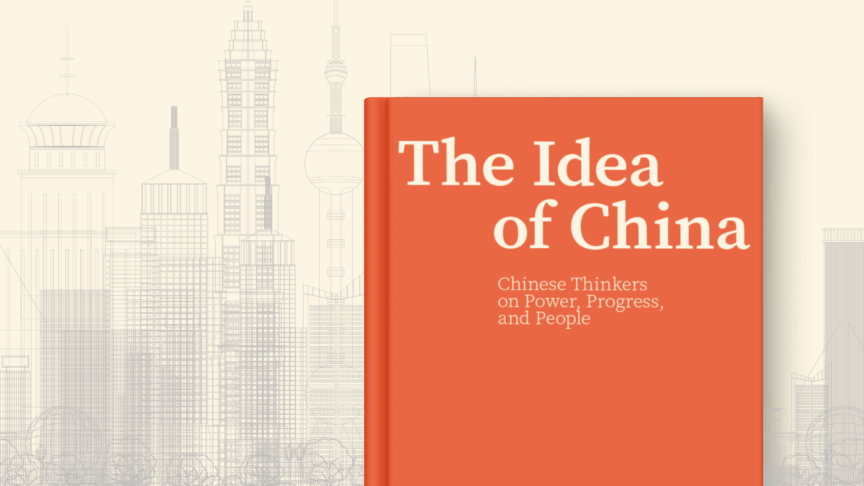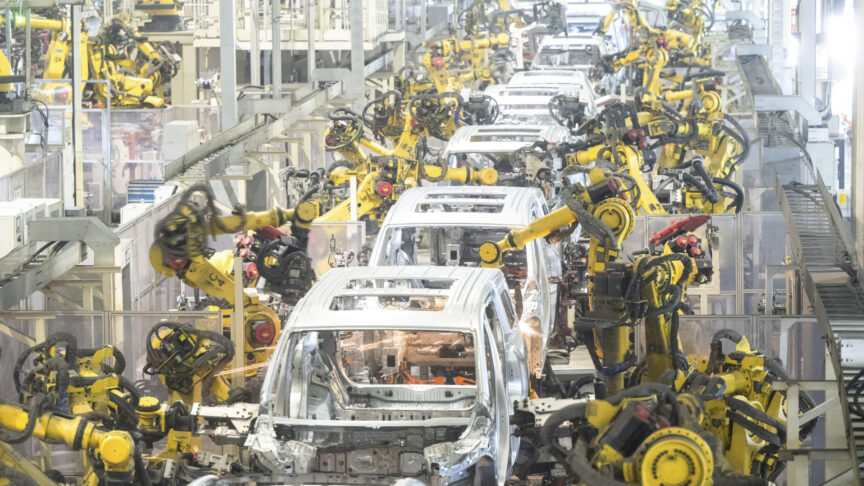Sea sore: Europe’s dilemmas in the Indian Ocean
The best security guarantees for the EU’s sea lines of communication lie in the convergence between its interests and those of India and the United States
The recently released ‘EU Strategy for Cooperation in the Indo-Pacific’ describes the Indian Ocean as “a gateway for Europe into the Indo-Pacific … the principal passage for Europe to and from Indo-Pacific markets”. The document highlights the importance for Europe of major waterways such as the Bab al-Mandeb and Malacca straits in the Indian Ocean, listing several objectives and policies in the pursuit of its maritime security interests in the region.
Sri Lanka is particularly significant in this context. Located on the main maritime route between the Bab al-Mandeb and Malacca straits, the country plays a major role in European trade with Asia. Sri Lanka has long been cited as the prime example of China’s so-called ‘debt-trap diplomacy’. In this view, Beijing pushed Colombo into borrowing money from Chinese banks to pay for the Hambantota port project – which had no prospect of commercial success – and thereby forced Sri Lanka into default. By exploiting Sri Lanka’s financial weakness, so the argument goes, China took control of the port. However, the sequence of events that led to this situation demonstrates Chinese opportunism, not a conspiracy. Nevertheless, Chinese influence on Sri Lanka has been growing spectacularly in the past few months due to the deterioration of the country’s economy. China’s leverage increases with each request Sri Lanka makes to reschedule its huge loan repayments to Chinese firms – as it did during the Chinese foreign minister’s visit to Colombo in January 2022.
China seems satisfied with creating a new normal in which it is increasingly seen as a powerful actor
This raises questions about the security of major sea lines of communication around Sri Lanka. China does not yet constitute an immediate threat to these routes. For the time being, China seems satisfied with creating a new normal in which it is increasingly seen as a powerful actor in Sri Lanka, multiplying port calls, establishing its economic presence, playing on the greed of the ruling clique, and using the leverage of Sri Lankan debt effectively whenever this serves its interests. But China’s invasive presence in Sri Lanka – as well as in the Indian Ocean region more broadly – makes many analysts and decision-makers suspicious of its motives. They are particularly concerned that Sri Lanka may one day host a Chinese naval base, providing the People’s Liberation Army Navy with area-denial capabilities and posing a direct threat to the interests of Indian Ocean littoral states and Europe alike. Chinese submarines have twice been spotted in Sri Lankan ports.
Yet there is no easy or even obvious European response to these developments. China’s influence has grown in the relative vacuum left by the country that is traditionally Sri Lanka’s biggest partner, India – which refused to finance projects that were out of proportion with the needs and capacities of the Sri Lankan economy. This influence developed in a synergistic way, thanks to the interplay between the dependency created by these projects and China’s aggressive trade policies.
The European Union is Sri Lanka’s second-largest trading partner after China. But it is a far more important export destination. While the EU absorbed 22.7 per cent of Sri Lanka’s exports in 2020, China absorbed only 2.3 per cent. In contrast, China accounted for 22.4 per cent of Sri Lanka’s imports while the EU accounted for just 8 per cent. It would be a mistake, though, to imagine that Europe can reverse this trend of growing Chinese influence merely by providing financial assistance to reduce Sri Lanka’s debt. China’s presence is also a function of three other major factors: its willingness to establish itself as a power in the Indian Ocean, Sri Lanka’s desire to balance against India, and the greed of the Sri Lankan ruling clique (as well as the corruption of the regime more generally). In this context, Sri Lanka’s debts to Chinese firms make China’s presence more politically acceptable – as economic activity with Europe mitigates the deficit’s short-term impact on the population.
The EU’s Global Gateway could provide alternative options for infrastructure financing in Indian Ocean littoral states, especially small island countries. This would reduce their financial dependency on China. But it would only limit China’s political influence where financial dependency was the main form of Chinese leverage there.
In contrast, the ‘EU Strategy for Cooperation in the Indo-Pacific’ provides a set of policy options that, together, could push China to behave according to internationally accepted norms and, more importantly, prevent the Indian Ocean from experiencing a similar fate to the South China Sea. But states such as Sri Lanka understand that it is their interest to pick and choose: to offer the EU just enough to maintain concessional market access – in areas such as the Generalised Scheme of Preferences – without changing their China policy.
The best security guarantees for the EU’s sea lines of communication lie in the convergence between its interests and those of India and the United States. New Delhi’s outreach in the Indian Ocean is perceived by small regional states as carrying an implicit threat of political, if not military, intervention in situations where China poses too great a threat to Indian interests. However, this is no excuse for complacency. While the EU has time to develop each component of its Indo-Pacific strategy, it will still need to confront another dilemma. The union should not only increase its presence in the entire Indian Ocean region but also partner with regional organisations there. Such an approach would require direct engagement with states whose policies sometimes threaten European interests. This may be a tactical problem, but it is one that could easily preoccupy the EU for too long.
The European Council on Foreign Relations does not take collective positions. ECFR publications only represent the views of their individual authors.



